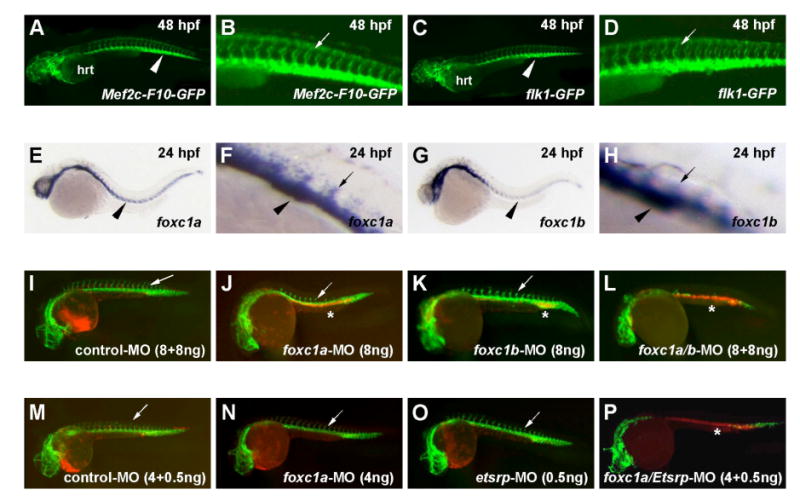Figure 4. Cooperative regulation of vascular development in zebrafish by FoxC and Ets proteins.

(A-D) The mouse Mef2c F10E enhancer directs expression of the GFP reporter gene in the vascular endothelium of transgenic zebrafish (A, B) in a nearly identical pattern to the endothelial-specific Tg(flk1:GFP)s843 reporter (C, D).
(E-H) In situ hybridization shows that the zebrafish foxc genes foxc1a (E, F) and foxc1b (G, H) are expressed in the developing vasculature at 24 hpf.
(I-L) Knockdown of foxc1a and foxc1b by morpholino injection alone (J, K) and in combination (L) resulted in loss of vascular structure, as detected by reduced expression of Tg(flk1:GFP)s843 (green) and the pooling of blood, as indicated by Tg(gata1:DsRed)sd2 expression (red). The combined foxc1a/foxc1b knockdown (L) resulted in a more severe perturbation of vascular development than either single knockdown. Note the normal expression of Tg(flk1:GFP)s843 and Tg(gata1:DsRed)sd2 in the control morpholino injected embryo (I).
(M-P) Injection of sub-phenotypic doses of foxc1a (N) and etsrp (O) morpholinos resulted in normal vascular development and normal expression of Tg(flk1:GFP)s843 and Tg(gata1:DsRed)sd2 in patterns identical to control injected embryos (M). Co-injection of the lower doses of foxc1a and etsrp morpholinos resulted in a nearly complete loss of vascular development (P), indicating cooperative regulation of vascular development by the two transcription factors. Asterisks mark the pooling of blood. Arrowheads point to the developing axial vessels, and arrows indicate the developing intersomitic vessels.
